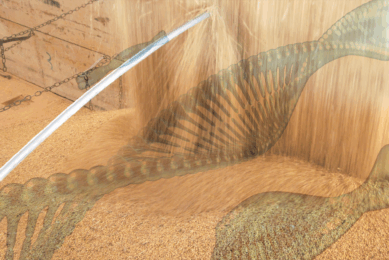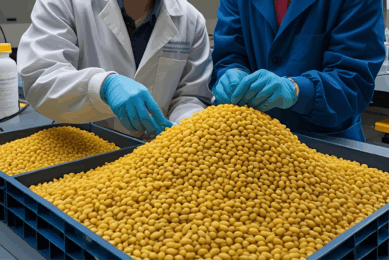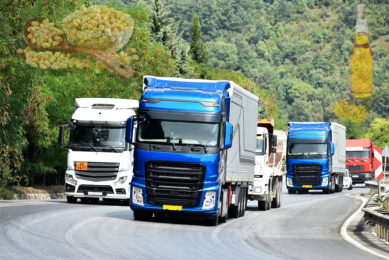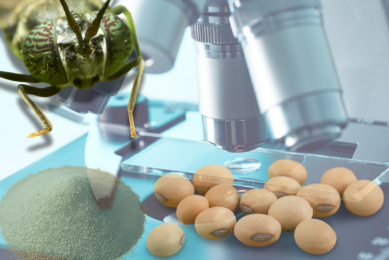Pongamia trees: For more beans per acre
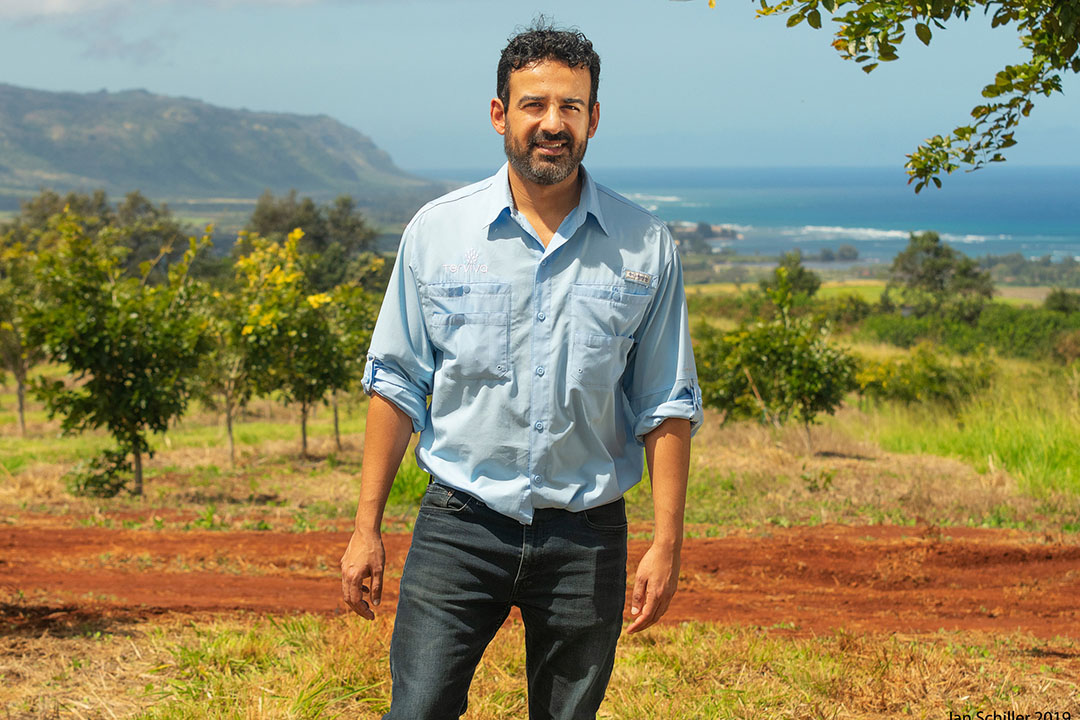
TerViva, an agriculture technology firm commercialising resilient pongamia trees raised an additional $20 million in its first close of its Series D funding and current commitments. All About Feed talked to Naveen Sikka, CEO of the company about these special trees that produce as much as ten times the amount of beans per acre as soy.
The pongamia tree produces a legume that is related to beans, peas and lentils and has been harvested for mostly medicinal uses for more than 1,000 years. As a plant protein, pongamia has excellent potential as a replacement for soy. The trees produce as much as ten times the beans per acre as soy for the supply of plant protein, vegetable oil, and biofuel. Terviva sells farmers patented non-GMO cultivars of pongamia selected for their high yields and hardy growth. Farmers partner with TerViva to grow pongamia on abandoned agriculture lands with little to no fertilisers or pesticides. TerViva buys back the crop for processing into plant protein, livestock feed, and high-oleic oil. But how did it get started and what are the potentials of this new protein? Naveen Sikka has the answers.
All About Feed (AAF): What has been the incentive to start TerViva?
Naveen Sikka (NS): “I have a professional background in agriculture and natural resources. While attending UC Berkeley for my MBA degree nearly a decade ago, I developed a programme in collaboration with Lawrence Berkeley Lab to review its existing portfolio of commercial technologies. So, I was tuned into interesting natural resource technologies that were stranded in pre-commercial limbo, so to speak. When I was introduced to the pongamia tree through an entirely different channel, it reminded me of my work at Berkeley. After visiting a pongamia acreage in India and Australia, I realised that pongamia would grow economically and sustainably on marginal agriculture land that intensive annual crops like soy and corn would not. We are the first company to develop high-yielding cultivars of pongamia and to convert its beans into edible protein and oil for food and animal feed applications.”
AAF: How much beans (in kg) can you harvest from one tree? And how does this reflect in volume of bean meal and bean oil?
NS: “Pongamia is a low-input, high-yield tree crop. Our current generation of pongamia cultivars produce four times the beans per acre compared to US soybeans. We harvest approximately 40kg of beans per tree, which equates to approximately 15 liters of vegetable oil and 25kg of bean flour.”
AAF: What is the nutritional profile of the whole pongamia bean and pongamia meal and can It be compared with the nutritional profile of soy?
NS: “Pongamia is an excellent source of nutritious plant protein with strong gelling and emulsification properties. Approximately 25% of the bean is protein with an excellent balance of essential amino acids very similar to soybean. Approximately 40% of the bean contains high-oleic vegetable oil. We have produced test quantities of protein concentrates and protein isolates of pongamia bean flour for use in food applications.”
AAF: Is the product an economical option to as a feed ingredient? And at what ratio?
NS: “Yes, pongamia is highly economical as a feed ingredient. We are targeting the organic livestock feed market, which is growing rapidly and is currently mostly supplied via imported soybeans of questionable organic provenance. At the current level of nearly five tons of beans per acre, pongamia is substantially lower in cost per ton than organic soybeans. In the near future, pongamia could be as much as 12-15 US tons of beans per acre, dropping costs even further. We have successfully demonstrated that pongamia bean flour, processed through our proprietary methods, can substitute at a very high inclusion rate for soybean meal in cattle, and we are currently in university trials to demonstrate similarly high levels of inclusion in poultry broilers and layers.”
AAF: Would this type of tree also be suitable to plant in other regions of the world?
NS: “Pongamia is native to South East Asia and grows best in subtropical climates. We‘re planting patented varieties of the pongamia tree in Florida, where the citrus industry has dramatically shrunk and few alternative crops have emerged; and in Hawaii, on former sugar cane lands on Oahu, Kauai, and Maui, which saw the state’s last sugar cane harvest in 2016. We chose these regions to help address those challenges, where we can help farmers diversify their income while growing a crop that feeds people and takes care of the planet.”

AAF: What is the processing capacity of TerViva and do you currently have a processing plant?
NS: “We currently use a combination of our own small-scale processing, as well as third party facilities, to make pongamia bean flour and vegetable oil. With our Series D financing, we will construct a pilot scale food and feed processing facility in Florida.”
AAF: Is there a main focus on animal feed or more on providing products for human food and/or the fuel industry? Or all?
NS: “Our business goals are focused on food first. We have several interesting functional properties across the protein and vegetable oil components of the beans that hint at outstanding nutritional and sensory properties for food products. Regarding feed, we also have some compelling indications of novel performance-enhancing attributes for both cattle and poultry, which we are currently evaluating through trials with US universities and producers.”
AAF: Can you share some of the studies that have been done in poultry and cows? Are more animal trials planned?
NS: “We are currently assembling several different patent filings to protect our work on food and feed ingredients. For this reason, we are reluctant to share too much information right now on the studies that we have conducted. As an indication of the work underway, we are currently feeding cattle in Hawaii with a commercial rancher, where after 60 days of feeding, a pongamia-corn supplement is working equivalently to a soybean-corn supplement. What makes this even more exciting as a feed ingredient is the organic aspect and the traceable supply chain, coupled with the nutritional equivalency.”
AAF: What about its use in aquafeed and pet food?
NS: “It is a possibility, but right now we are focused on pongamia’s livestock feed and human food applications, especially given the challenges with growing consumption of protein globally and lack of arable land for suitable crops and livestock management.”
AAF: What will the funding from round D be primarily used for?
NS: “New funds will allow us to accelerate research connecting the pongamia bean’s valuable functional and nutritional properties to critical processing and product development partnerships. These funds will also grow TerViva’s infrastructure to supply farmers with the company’s patented high-yielding oilseed trees in Florida and Hawaii.”
AAF: How do you see the coming 10 years for TerViva?
NS: “Our mission is to help farmers feed people while taking care of the planet. We hope that we can help the pongamia crop realise its full potential as a resilient, sustainable, high-yielding option to grow protein on trees. Sustainable farming, responsible supply chains and science-based practices are key to solving the world’s food challenges and we’re confident that through pongamia there is tremendous progress to be made.”




